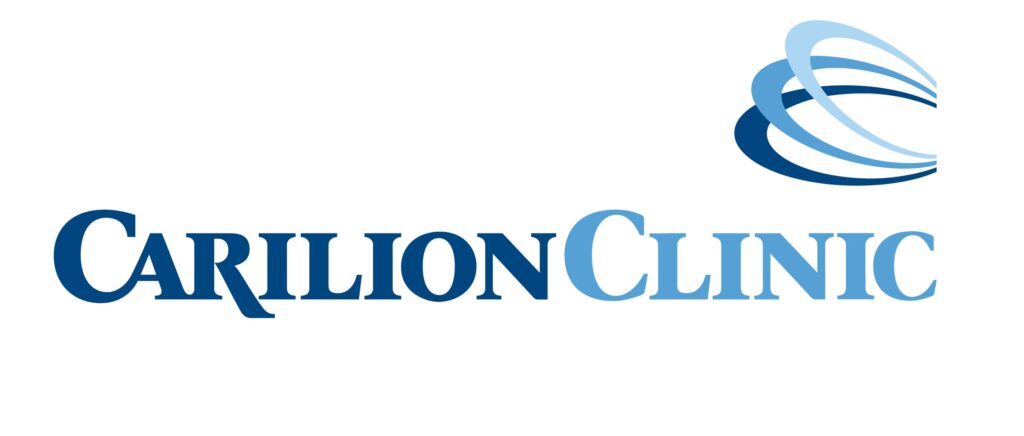
Adjusting the discharge process and addressing the transportation issues of patients at Carilion Giles Community Hospital in Pearisburg, Virginia, helped improve their care transitions measure by nearly 20% in 2021.
In January 2021, Carilion Giles Community Hospital’s care transitions measure score was at 70%. After rolling out these new efforts in March 2021, they improved this measure to 88.9% for the rest of the year. It met the Carilion health system’s goal of 74% and the facility’s target of 88%.
The hospital implemented a process where discharge staff provide education to patients and identify appointment barriers. Staff provide exiting patients with a stoplight infographic that details when they should use emergency transportation and when to use other forms of transportation. A list of transportation services in the area is also shared if patients are not able to drive themselves.
The hospital made these changes to improve their care transitions measure, lessen the strain on local EMS services and reduce unnecessary readmissions, said Jennifer Bailey, RN, BSN, Director of Quality and Patient Safety, Carilion Giles Community Hospital.
“There are still EMS shortages, and due to hospital bed shortages in our area, we occasionally have to send patients five to six hours away for treatment,” she said. “This ends up occupying an ambulance for an entire shift and sometimes our county only has two vehicles available. We need to free up emergency transportation for those who truly need it.”
She added that patients who use an ambulance for a non-emergency situation can also be stuck with a bill or must appeal the cost of the EMS trip if it is not covered by insurance.
A care navigator, who is an employee of the Carilion Giles Family Practice, is at the hospital during the discharge process to schedule a patient’s follow-up appointment to take place within three to four days of discharge. If a patient does not show up for a follow-up appointment, staff at the physician’s office are then contacted to get them rescheduled within seven days. This improves the hospital’s care transition measurement and ensures a patient’s health care does not simply stop after they leave the facility.
“We have been fortunate that we have a good partnership with the Giles Family Clinic who has worked with us on this initiative,” Jennifer said. “We both strive to provide the best possible care for our community’s residents and adding another step to make sure they are receiving follow-up care was important to help our patients stay healthy.”
